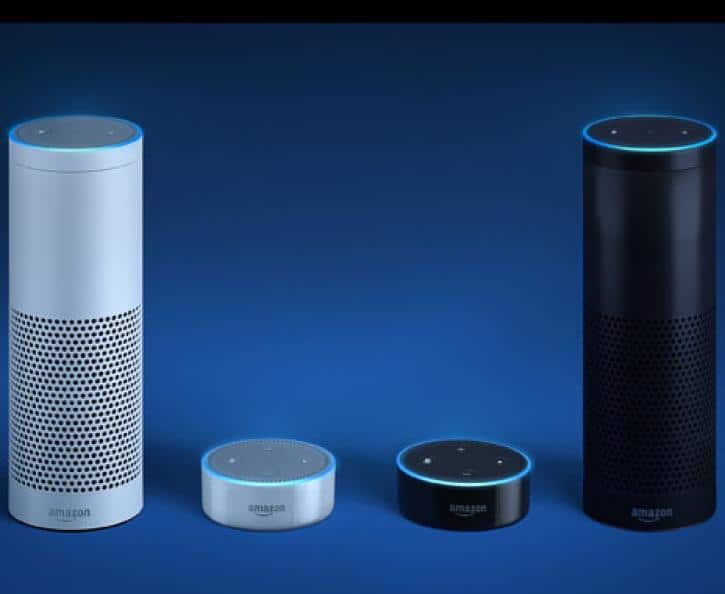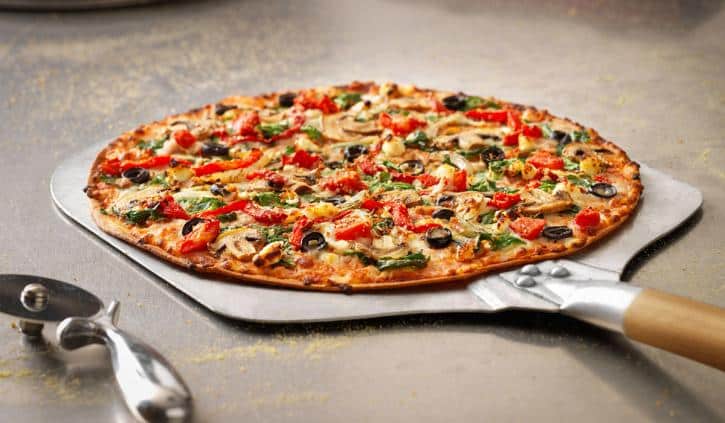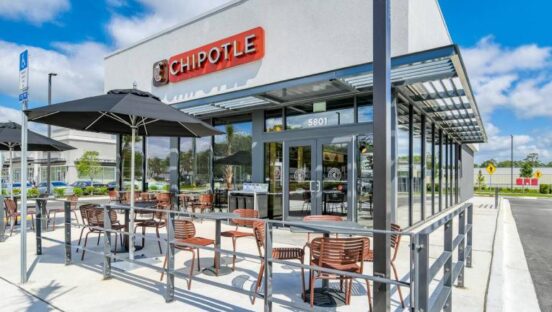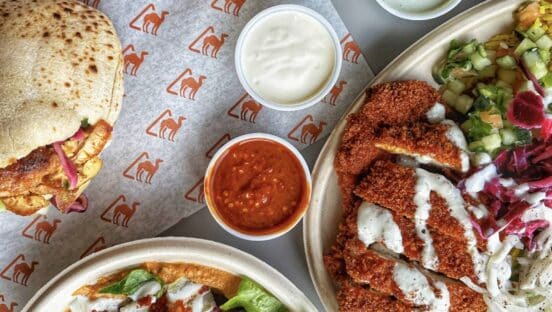







Keeping pace
Conversational commerce is one of the fastest-growing adopted consumer technologies, with millennials and Gen Z leading the charge—especially when it comes to food and food ordering. Why? As technology evolves, ordering and re-ordering from restaurants/quick-serves is about speed and convenience, versus menu reading and browsing, which aligns well with generational and technological trends. But, will the voice revolution be large enough to be used by restaurants of all types and sizes? Will it truly enhance the guest experience? Let’s look at some of the early learnings.
Hearty hurdles for eaters
By 2020 more than a fourth of all U.S. consumers who own voice activated devices will have used them to order food. Popular amongst 16-24-year olds, an estimated 25 percent are already using conversational commerce during web searches for food/drink on mobile and 49 percent of overall voice users find restaurants based on their cravings. Yet, enabling voice across different channels remains a hurdle for most big and small brands.
Many have integrated with in-app voice activated ordering, while others have integrated with virtual assistants like Alexa, Google, Siri, and Cortana. To make it all work seamlessly (which is the consumer expectation) profiles must be built and payment options identified, similar to how Apple Pay or other mobile payment solutions work. With food and voice, the rub lies with the integration of loyalty programs (as a consumer expectation) yet the many different voice platforms may not yet integrate them.
Early in, means early to win
Finding the right platform to integrate your voice capability is the key to success. Early voice pioneers Pizza Hut and Domino’s added Alexa voice services way back in December of 2016, and continue to see results. Dunkin’ recently integrated into Amazon Echo/Alexa in late August 2019 allowing their DD Perks loyalty members to place mobile orders and then pick up in a dedicated line in-store or at drive through.
Following suit, the Starbucks Reorder skill on Alexa rolled out in early 2017. Additionally, the current My Starbucks Barista Chabot allows mobile users to order their favorites using voice commands, giving the brand the ability to learn from customers and evolve over time. Although Starbucks doesn’t report metrics on voice ordering, it’s rumored that mobile ordering now accounts for nearly 13 percent of the brands’ transactions going into 2020. Clearly, Amazon Echo with Alexa is the leading voice platform of choice with close to 40 million users in 2018 compared to about 16 million users for Google Home, but don’t count Google out of the quick-service plus voice race yet.
Commuters are key
Consumers are not restricting themselves to just home-integrated systems like Amazon Echo or Google Home, they’re using voice while they drive to organize their personal and professional lives. Opportunity lies in gaining commuters/heavy drivers during their daily commute with nearly 54 percent already using smart devices and 14 percent saying they would order meals for delivery as they reach their destination. Capturing this commuter-in-need-of-food ‘mindset’ delivers on the power that conversational commerce has because it delivers the ease and convenience voice promises.
Voice Search: Food Near Me
Going from one-dimensional reorder states to a more frictionless conversation will take voice commerce and guest experience to the next level. For now, the most popular voice command-driven activities are music and weather, but that will shift to, for example, “find fettuccine alfredo recommendations in my neighborhood.”
Right now, if you ask Alexa what’s on the menu at a certain restaurant, you won’t get an experience, you’ll get the hours of operation and a phone number to call, which becomes a problem. As food taxonomy within conversational commerce grows, millions of ingredients and menu descriptions will be added to voice activated devices, so when a consumer asks a specific restaurant related question, it will be answered.
Voice means cost savings for restaurants
Once implemented, voice can deliver on the reduction of phone-based restaurant orders. It’s estimated that nearly $1,000 to $1,500 a month is lost on the process of taking phone calls, and although still widely popular, traditional phone ordering methods often result in hold times, miscommunication and ultimately a risk to a restaurants brand and reputation.
Predictive interaction is key to adoption
To reach the promised adoption curve, voice commerce and food must become more functional and conversational, not simply relying on chat-bots. Recognizing your preferences (using data from prior orders) like, “hold the mayo” delivers on the promise that voice allows. Additionally, being able to pull up options within your area that can satiate, then enable a consumer to order (for pick up or delivery), all while paying, will push conversational commerce and food over the edge to full adoption.
How to win the voice guest experience
Eventually, voice automation will be so advanced that it will be able to make reservations for users and even be able to predict someone’s meal preferences, acting as a sort of concierge. Brands that engage in voice search and commerce voice search will be leaders.
With the conversational landscape changing so quickly and more than 50 percent of searches being voice-based by mid 2020, restaurants that are not engaging consumers on the voice level will be left behind as the market heats up. Engaging today’s consumer on their terms requires initial costs and development, but will lead to cost savings in the long run and better, more enhanced guest experiences. And let’s be honest, in the on-demand and quick gratification world in which we live, conversational commerce is inevitably going be a consumer go-to for easy and convenient food ordering.
Bryan Forbes is the VP Strategic Planning at INConnected Marketing. As an agency strategic planning lead with two Effie wins and nearly 20 years of experience in brand, digital, and shopper strategy Bryan has built and managed strategy teams that understand the need for better integration to make sense of and unravel digital and traditional channels. If you’ve used a Dell computer, enjoyed a Budweiser product, shopped for groceries at Safeway, noshed on Frito-Lay chips or wondered “What’s in Your Wallet,” Bryan has been able to connect with you.












